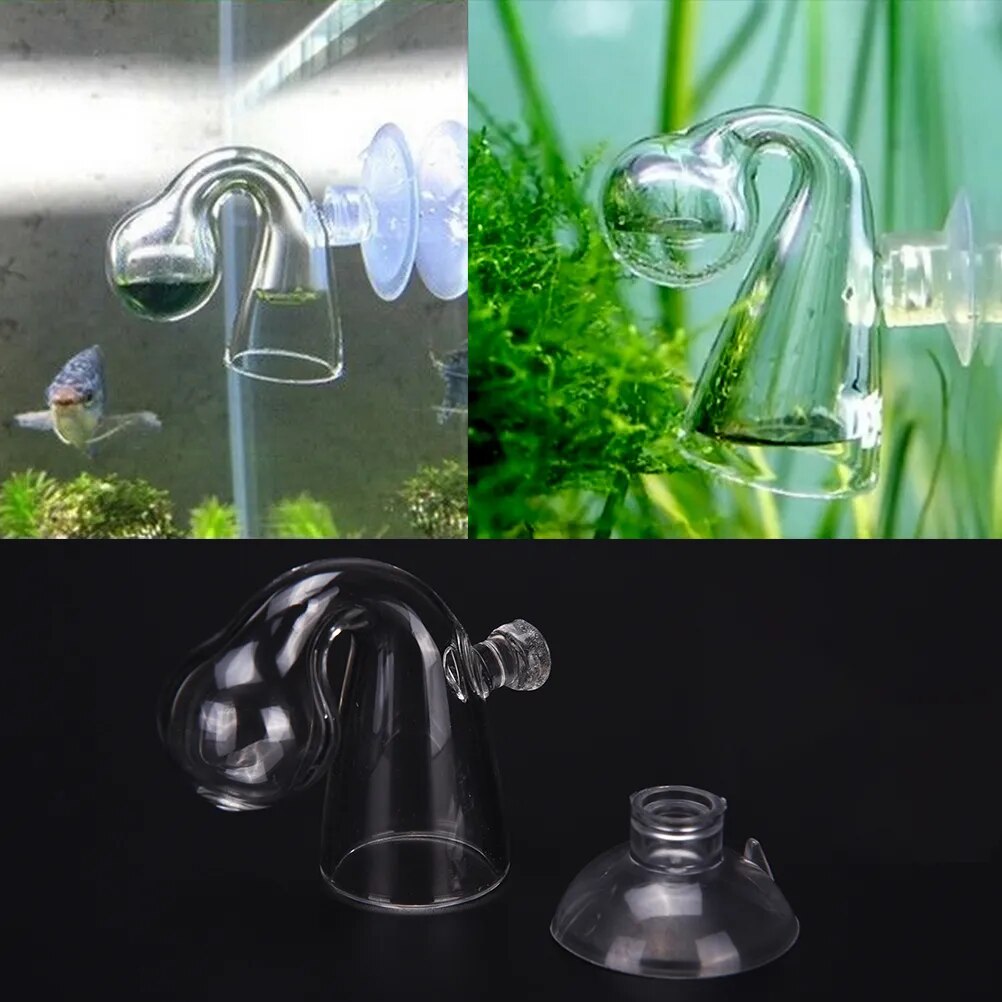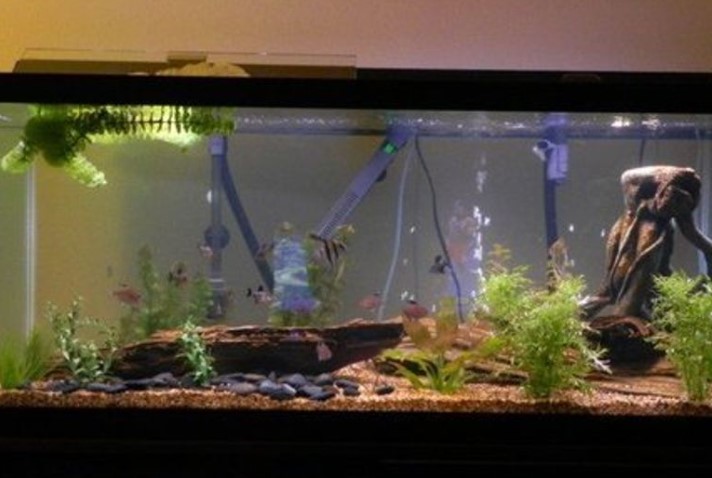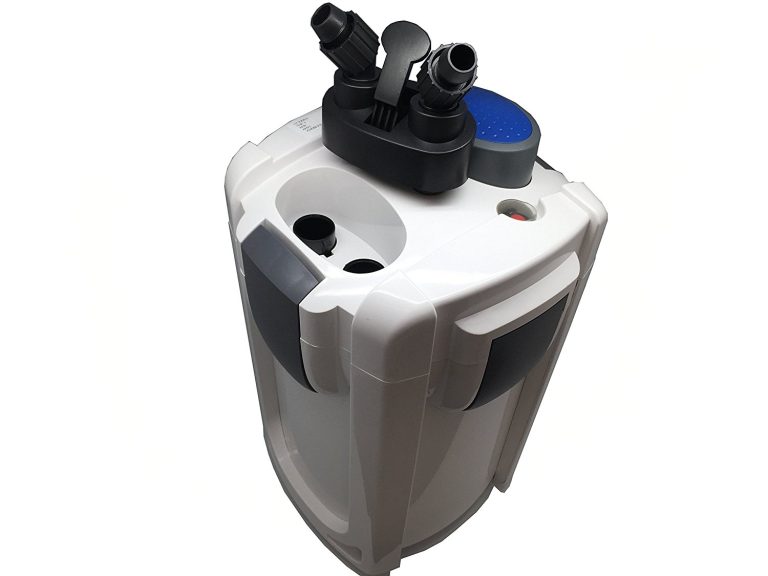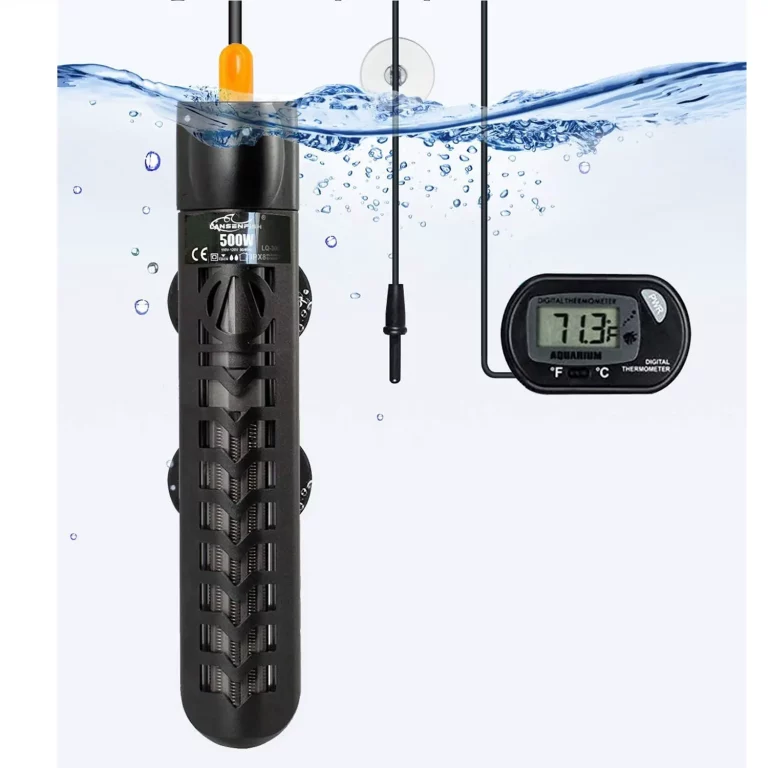Aquarium Drop Checker
Aquarium Drop Checker: A Complete Guide for Fishkeepers
If you are a fishkeeper who wants to maintain a healthy and thriving aquarium, you may have come across the term “aquarium drop checker.” But what exactly is it and how can it help you? In this guide, we will delve into the world of drop checkers and explore their importance in maintaining optimal water conditions for your aquatic friends.
What is an Aquarium Drop Checker?
An aquarium drop checker is a valuable tool used by fishkeepers to monitor the carbon dioxide (CO2) levels in their aquarium water. It consists of a glass container filled with a CO2 indicator solution, which changes color based on the amount of dissolved CO2 in the water.
By monitoring the CO2 levels, you can ensure that your plants are receiving adequate carbon dioxide for photosynthesis, which is vital for their growth and wellbeing. Additionally, maintaining the right CO2 levels helps prevent imbalances in the aquarium ecosystem and promotes the overall health of your fish and other aquatic inhabitants.

The Importance of Carbon Dioxide in Planted Aquariums
Planted aquariums rely on carbon dioxide for the process of photosynthesis. Just as humans need oxygen to survive, plants require carbon dioxide for their metabolic processes. When there is a lack of CO2 in the water, plants struggle to produce the energy they need to grow and flourish.
Inadequate CO2 levels often result in stunted plant growth, yellowing leaves, and the emergence of algae. On the other hand, excessive CO2 can be harmful to fish and other aquatic life. That’s where an aquarium drop checker comes in handy – it helps you strike the right balance and maintain optimal CO2 levels.
Using an Aquarium Drop Checker
Using an aquarium drop checker is relatively straightforward. Here’s a step-by-step guide to help you get started:
1. Select a suitable drop checker: There are various drop checkers available in the market, ranging from glass to plastic ones. Choose one that suits your preference and aquarium setup.
2. Fill the drop checker: Fill the drop checker with the recommended CO2 indicator solution. This solution typically contains bromothymol blue, which changes color based on the CO2 concentration.
3. Place the drop checker in your aquarium: Fix the drop checker inside your aquarium, making sure it remains submerged in the water. Position it away from any active water flow or near the CO2 diffuser.
4. Monitor the color: Over time, the indicator solution will change color, reflecting the CO2 levels in your aquarium. Generally, a vibrant green color indicates optimal CO2 levels, while yellow or blue colors indicate low or high CO2 concentrations, respectively.
Maintaining Optimal Carbon Dioxide Levels
Now that you know how to use an aquarium drop checker let’s explore some tips for maintaining optimal carbon dioxide levels in your planted aquarium:
1. Invest in a CO2 system: Consider using a CO2 injection system to provide a steady supply of carbon dioxide to your plants. These systems typically consist of a CO2 cylinder, a regulator, and a diffuser.
2. Adjust CO2 levels gradually: When starting a CO2 injection system, it’s crucial to introduce the gas slowly. Sudden changes in CO2 levels can stress your fish and cause imbalances in the aquarium. Gradually increase the CO2 over a few weeks, monitoring the drop checker to achieve the desired level.
3. Monitor pH and KH levels: It’s important to keep an eye on the pH and KH levels in your aquarium, as they affect the availability of CO2 to your plants. Aim for a pH between 6.5 and 7.5 and a KH between 3 and 5 degrees for optimal CO2 utilization.
4. Consider lighting requirements: Adequate lighting is essential for photosynthesis, which requires CO2. Ensure that your aquarium has the right balance of light intensity and duration for your plant species’ needs.
Frequently Asked Questions
Can I use an aquarium drop checker in a non-planted aquarium?
While drop checkers are primarily used in planted aquariums, they can also be used in non-planted setups. Drop checkers can help you monitor CO2 levels, which may be relevant if you have certain fish species that prefer specific CO2 concentrations.
How often should I check my drop checker?
It’s recommended to check your drop checker every day to monitor the changes in CO2 levels. This regular monitoring allows you to make adjustments to your CO2 injection system as needed.
What if my drop checker indicates low CO2 levels?
If your drop checker consistently shows low CO2 levels (blue color), it may be necessary to increase the CO2 injection rate or adjust other factors such as lighting, water flow, or nutrient levels. Experiment with these variables while closely monitoring the drop checker to achieve the desired CO2 concentration.
Is an aquarium drop checker necessary for all planted aquariums?
While drop checkers can be beneficial for most planted aquariums, they are not absolutely necessary. Experienced fishkeepers and aquascapers may rely on alternative monitoring methods and their knowledge of plant behavior to gauge CO2 levels accurately. However, for beginners or those who prefer a more visual confirmation, a drop checker can be a useful tool.
Final Thoughts
Maintaining the right carbon dioxide levels in your aquarium is crucial for the health and growth of your aquatic plants, as well as the overall balance of the ecosystem. An aquarium drop checker provides a convenient and visual way to monitor CO2 concentrations, ensuring that your plants are thriving and your fish are happy.
By using a drop checker in combination with other factors like lighting, water flow, and nutrient levels, you can create an optimal environment for your plants to flourish. Remember to regularly check the drop checker, make necessary adjustments, and enjoy the beauty of a well-balanced, thriving aquarium.






